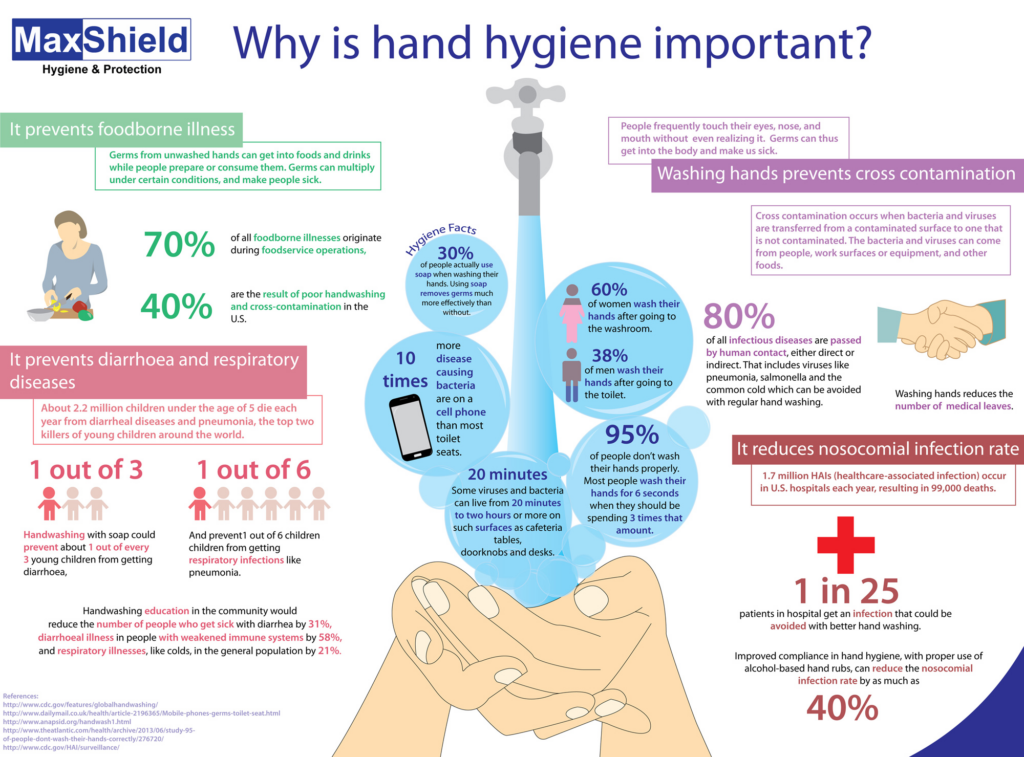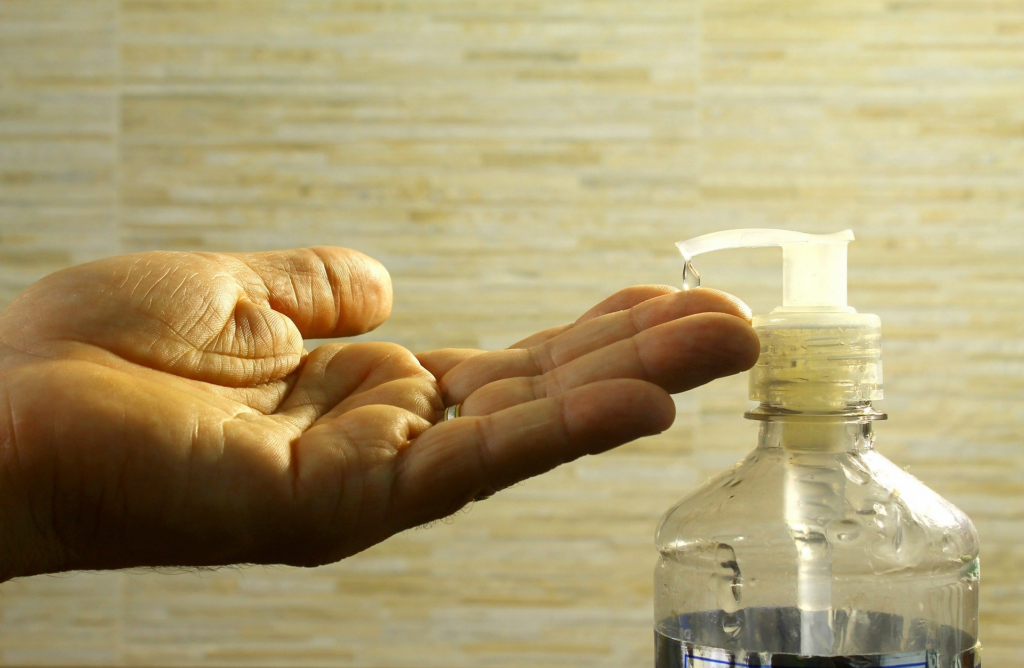
Easy Homemade Hand Sanitizer: Step-by-Step Guide on TanFacil.net
https://tanfacil.net/salud/como-hacer-alcohol-en-gel-casero-facil-3911.html article from tanfacil.net provides a concise guide on “How to Make Homemade Hand Sanitizer Easily”.It provides a step-by-step guide on how to create hand sanitizer at home in a simple manner.
Introduction of How to Make Easy Homemade Hand Sanitizer
In today’s world, hand hygiene remains paramount for preventing the spread of germs and maintaining good health. Washing hands with soap and water is always the preferred method.
However, there are situations where soap and water aren’t readily available. This is where hand sanitizer comes in handy, offering a convenient way to cleanse hands on the go.
This article https://tanfacil.net/salud/como-hacer-alcohol-en-gel-casero-facil-3911.html guides you through the process of making your own hand sanitizer gel easily. We’ll explore the importance of hand sanitization, delve into the science behind it, and provide clear instructions with readily available ingredients.
Importance of Hand Sanitization:
Our hands constantly come into contact with surfaces – door handles, elevator buttons, shopping carts – all teeming with invisible germs. These germs can easily transfer to our eyes, nose, and mouth, leading to illness.

Washing hands with soap and water is the most effective way to remove germs. However, in situations where soap and water aren’t accessible, hand sanitizer becomes a crucial tool. It helps reduce the number of germs on hands by a significant amount, preventing the spread of bacteria and viruses.
Hand sanitizers are particularly important for:
- People on the go: When traveling, at work, or running errands, hand sanitizer provides a quick and convenient way to cleanse hands.
- Children: Young children often forget or struggle to wash hands properly. Hand sanitizer can be a helpful tool to supplement hand washing, especially when away from home.
- Healthcare settings: Healthcare workers frequently come into contact with patients who may be carrying germs. Hand sanitizer helps maintain hygiene between hand washing opportunities.
Understanding Hand Sanitizer https://tanfacil.net/salud/como-hacer-alcohol-en-gel-casero-facil-3911.html
Hand sanitizers typically contain alcohol as the main active ingredient. Alcohol works by disrupting the cell membranes of germs, effectively killing them. For hand sanitizers to be effective, they need to contain a minimum of 60% alcohol.
Here’s a breakdown of the key components in hand sanitizers:
- Alcohol: As mentioned above, alcohol is the primary germ-killing agent. Isopropyl alcohol and ethanol are the most commonly used types.
- Moisturizers: Alcohol can be drying to the skin. To counteract this, hand sanitizers often contain moisturizers like aloe vera gel or glycerin. These ingredients help keep hands from becoming cracked and irritated.
- Thickeners: Some hand sanitizers contain thickeners like carbomer to create a gel-like consistency. This makes them easier to apply and prevents them from dripping.
Ingredients and Tools Required:
Making your own hand sanitizer gel is a simple process that requires readily available ingredients. Here’s what you’ll need:
- Ingredients:
- Isopropyl Alcohol (91% or higher) – This is the active ingredient that kills germs.
- Aloe Vera Gel – Provides a moisturizing effect to prevent dryness.
- Glycerin (optional) – Another moisturizing agent.
- Distilled or boiled water – Used to dilute the alcohol and create the desired consistency.
- Essential oils (optional) – These can be added for a pleasant scent. Tea tree oil, lavender oil, and peppermint oil are popular choices. However, be cautious as some essential oils can irritate the skin, especially for children.
- Tools:
- Mixing bowl
- Spoon or whisk
- Funnel (optional)
- Small, empty bottles with flip-tops (travel-sized containers work well)
Note: It’s crucial to use isopropyl alcohol at the recommended concentration (at least 91%). Lower concentrations may not be effective in killing germs.
Step-by-Step Instructions https://tanfacil.net/salud/como-hacer-alcohol-en-gel-casero-facil-3911.html
- Measure the ingredients:
- For a basic hand sanitizer recipe, follow a 2:1 ratio of alcohol to aloe vera gel.
- For example, if using a 2-ounce (60 ml) bottle, you’ll need 4 tablespoons (60 ml) of isopropyl alcohol and 2 tablespoons (30 ml) of aloe vera gel.
- If using glycerin, add a ½ teaspoon (2.5 ml) for additional moisture.
- Measure the distilled or boiled water. You’ll need enough water to achieve a desired gel consistency, typically starting with 1 teaspoon (5 ml) and adding more if needed.
- Combine the alcohol and aloe vera gel:
- Pour the isopropyl alcohol and aloe vera gel (and glycerin, if using) into your mixing bowl.
- Using a spoon or whisk, stir the mixture well until it’s thoroughly combined.
- Add water cautiously:
- Gradually add the distilled or boiled water, one teaspoon at a time, while continuously stirring.
- The goal is to achieve a gel-like consistency that’s neither too runny nor too thick. It should be easy to dispense from the bottle but not drip excessively. Add water sparingly, a teaspoon at a time, until you reach the desired consistency.
- Essential oils (optional):
If you want to add a pleasant scent, incorporate a few drops of essential oil (like tea tree oil, lavender oil, or peppermint oil) at this stage. However, use them with caution, especially for children, as some essential oils can irritate the skin. Start with just 1-2 drops and avoid direct contact with the skin. - Transfer to bottles:
Use a funnel (optional) to carefully transfer the finished hand sanitizer gel into your clean, empty bottles. Ensure the bottles have leak-proof flip-top caps. Label the bottles clearly with “Homemade Hand Sanitizer” and the date of preparation.
Safety Precautions https://tanfacil.net/salud/como-hacer-alcohol-en-gel-casero-facil-3911.html
While homemade hand sanitizer can be a convenient alternative, it’s crucial to prioritize safety:
- Alcohol is flammable: Keep the hand sanitizer away from heat sources and open flames. Never store it near lit cigarettes or stoves.
- Supervision for children: Always supervise children when using hand sanitizer to prevent accidental ingestion. Alcohol poisoning is a serious risk.
- Not a substitute for hand washing: Homemade hand sanitizer is effective for situations where soap and water aren’t available. However, it shouldn’t replace regular hand washing. Wash hands thoroughly with soap and water whenever possible, especially after using the restroom, before eating, and after handling animals or garbage.
- Skin irritation: If you experience any skin irritation after using homemade hand sanitizer, discontinue use and wash the area with soap and water. You may be sensitive to one of the ingredients, particularly essential oils.
- Limited effectiveness: Homemade hand sanitizers may not be as effective as commercially available brands that have undergone rigorous testing.
Alternative Formulations:
Here are some alternative formulations you can try, keeping the same 2:1 ratio of alcohol to aloe vera gel as the base:
- For a thicker consistency: Add a pinch of xanthan gum to the mixture. Xanthan gum is a natural thickener that can be found in baking stores or online.
- For a refreshing feel: Add a few drops of witch hazel to the mixture. Witch hazel has astringent properties that can provide a cooling sensation.
Remember, these are just suggestions. It’s always best to consult a healthcare professional before using any new ingredients, especially if you have sensitive skin or any underlying health conditions.
Storage and Usage https://tanfacil.net/salud/como-hacer-alcohol-en-gel-casero-facil-3911.html
Store your homemade hand sanitizer in a cool, dark place. Avoid storing it in direct sunlight or extreme temperatures. The alcohol content can evaporate over time, reducing its effectiveness. It’s recommended to use your homemade hand sanitizer within 3-4 months of preparation.

For best results, apply a dime-sized amount of hand sanitizer to your palm and rub your hands together briskly, ensuring it covers all surfaces, including between your fingers and around your thumbs. Allow the sanitizer to dry completely before touching anything.
Benefits of Homemade Hand Sanitizer:
While commercially available hand sanitizers are readily available, making your own offers some advantages:
- Cost-effective: The ingredients for homemade hand sanitizer are relatively inexpensive, especially compared to store-bought brands.
- Customization: You can adjust the consistency and scent of your hand sanitizer to your preference.
- Eco-friendly: By making your own hand sanitizer, you can reduce reliance on single-use plastic bottles.
Conclusion:
Homemade hand sanitizer https://tanfacil.net/salud/como-hacer-alcohol-en-gel-casero-facil-3911.html can be a valuable tool for maintaining hand hygiene when soap and water aren’t readily available.
However, it’s crucial to prioritize safety by using the correct ingredients and following proper storage and usage guidelines. Remember, homemade hand sanitizer shouldn’t replace regular hand washing with soap and water whenever possible.
By following these steps and prioritizing safety, you can create your own hand sanitizer gel for convenient hand hygiene on the go.
FAQ’s:
1. Can I use rubbing alcohol instead of isopropyl alcohol?
Yes, rubbing alcohol (typically 70% isopropyl alcohol) can be used, but make sure it doesn’t contain any added ingredients like scents or dyes.
2. Is homemade hand sanitizer as effective as store-bought brands?
Commercially available brands undergo rigorous testing, so their effectiveness may be more consistent. However, homemade versions can still be effective if made correctly.
3. How long will my homemade hand sanitizer last?
It’s best to use it within 3-4 months of preparation due to potential alcohol evaporation.
4. Can I add glitter to my homemade hand sanitizer?
No, adding anything besides the recommended ingredients, including glitter, can alter the formula and potentially reduce effectiveness.
5. What should I do if I accidentally ingest my homemade hand sanitizer?
Seek immediate medical attention, especially if children are involved. Alcohol poisoning is a serious risk.
6. Is it okay to use homemade hand sanitizer on visibly dirty hands?
No, hand sanitizer is most effective against germs on clean hands. For visibly dirty hands, washing with soap and water is always the best option.
7. Are there any situations where I shouldn’t use homemade hand sanitizer?
Avoid using it on open wounds or irritated skin. Additionally, consult a doctor before using it if you have any concerns or underlying health conditions.
You May Also Like

beth grosshans – Detailed Guide In 2024
December 19, 2023
Unlocking Success: ForexSignalPro.net – Your Ultimate Forex Signal Solution
March 7, 2024


Average Rating